Phoma stem canker is a highly damaging disease in oilseed rape crops.
Phoma stem canker

What is phoma?
Phoma stem canker is one of the most important diseases to be aware of when cultivating oilseed rape in the UK, particularly in areas south of the country.
Phoma epidemics on small, developing plants are associated with huge yield losses - with typical reductions of around 0.5 t/ha in the most susceptible varieties.
Typically, the fungus will enter the plant through the stomata in the leaves, or wounds on the plant's surface from adverse weather conditions, equipment damage and insect attack.
Two fungal species cause Phoma stem canker: Leptosphaeria maculans & Leptosphaeria biglobosa. The more damaging of the two species is L. maculans, as it can affect the plant from the seedling stage.
There are several physical ways to minimise phoma: crop rotation, reduction of volunteers and weed control. There are also chemical controls such as seed treatments to control seed-borne phoma and foliar sprays.
What causes phoma?
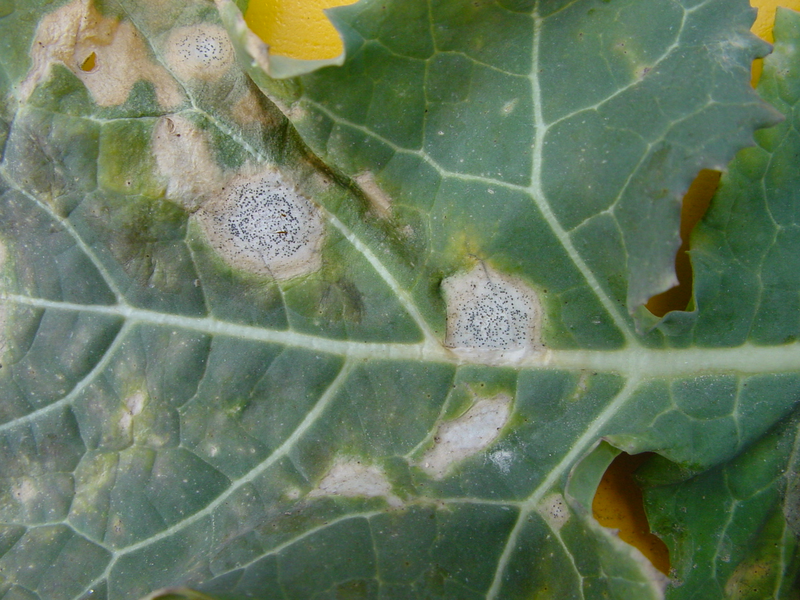
The fungus thrives in warm, moist and humid conditions, rain will also help to release the spores (ascospores) from stubble and spread the pycnidiospores through rain splash.
Moist conditions help the spores germinate and encourage the initial growth of the fungus. Spores are released from infected stubble, which land on developing plants thereby spreading the infection further.
Moist conditions during early growth stages are key in establishing the disease. Treatment in the early phase will also have a major impact on the final outcome of a phoma outbreak.
How to spot phoma?
- Phoma can occur on cotyledons, stems, leaves and pods.
- These will begin with leaf lesions which are greyish white in colour and roughly round in shape, with black, dotted fruiting bodies.
- Stem lesions will occur at the bottom of the stem or along points of the leaf attachment.
- Stem cankers are easy to spot, as they appear as large, dry lesions with dark edges that girdle the base of the stem, causing the plant to lodge.
It is the more damaging L. maculans species that is the most damaging and causes these stem cankers, whereas L. biglobosa is typically associated with upper stem lesions.
During periods of warm, wet and humid weather throughout the autumn, infected stubble will release airborne spores, and once these spores land on the leaves of emerging young plants, the infection begins.
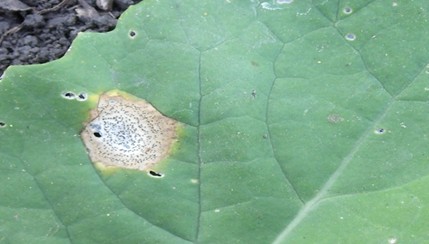 Phoma on leaf
Phoma on leaf
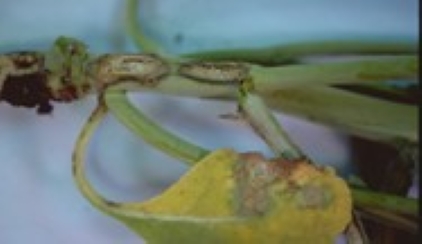 Stem cankers
Stem cankers
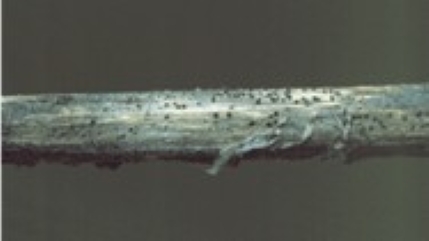 Spores on infected stem
Spores on infected stem
Why is phoma a problem?
From the leaf, the pathogen will spread along the leaf petiole to the stem, entering the plant’s tissue and killing the cells.
Canker symptoms will often develop around the leaf scars at the base of the stem. As these continue to develop further, they will girdle the stem, which restricts water and nutrient movement. This will often result in premature senescence, in cases of extreme infection, the stem can sever, the crop lodges and the plants will die off. Infection will often also be present in buds, flowers and pods. When the latter occurs, brown pod lesions may occur, along with pycnidia and a black margin.
It’s important to note that even after harvest, the pathogen continues to develop on the stubble. And even when symptoms disappear, it does not mean the disease has gone away, this is when the fungus is developing into the sexual stage on stems and roots.
Despite fungicide treatment, infections can cause significant crop yield reductions every year.
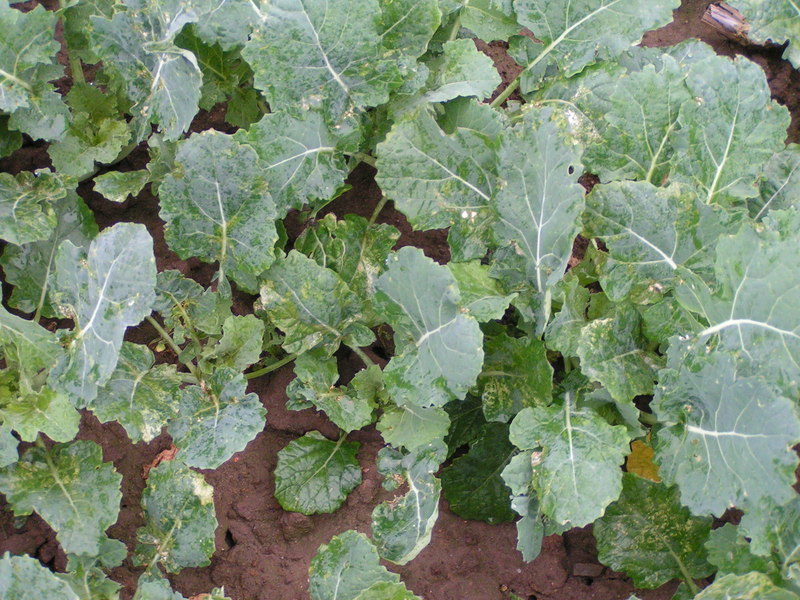
Corteva solutions for phoma protection
LumiGEN® Seed Treatments
Establish healthy, uniform crops and maximise the productivity with advanced seed treatments from Corteva Agriscience™ on Pioneer® branded seed.
Seek advice before use, for more information download our FREE Arable App.
Available to download from the App Store or Google Play now.